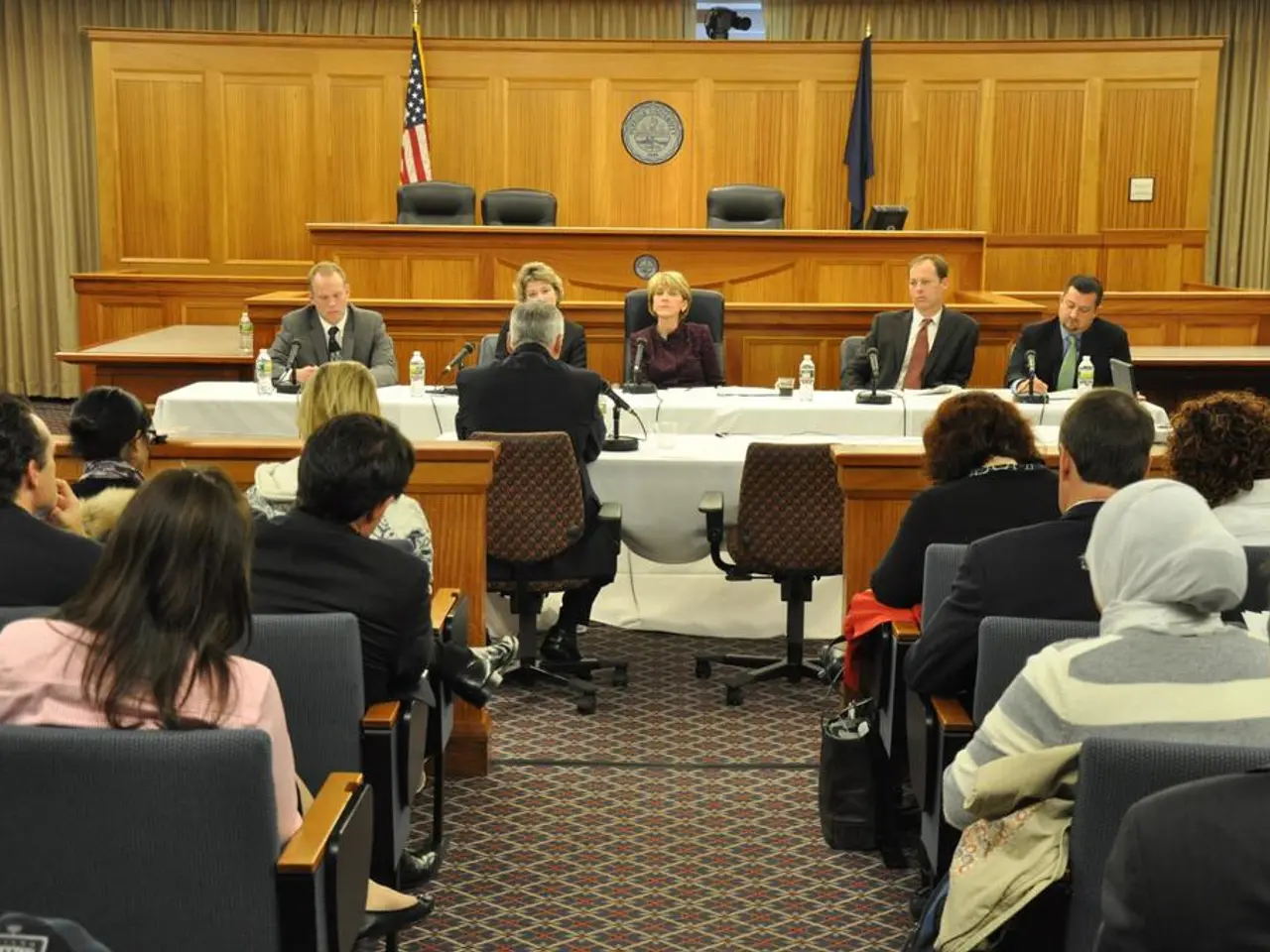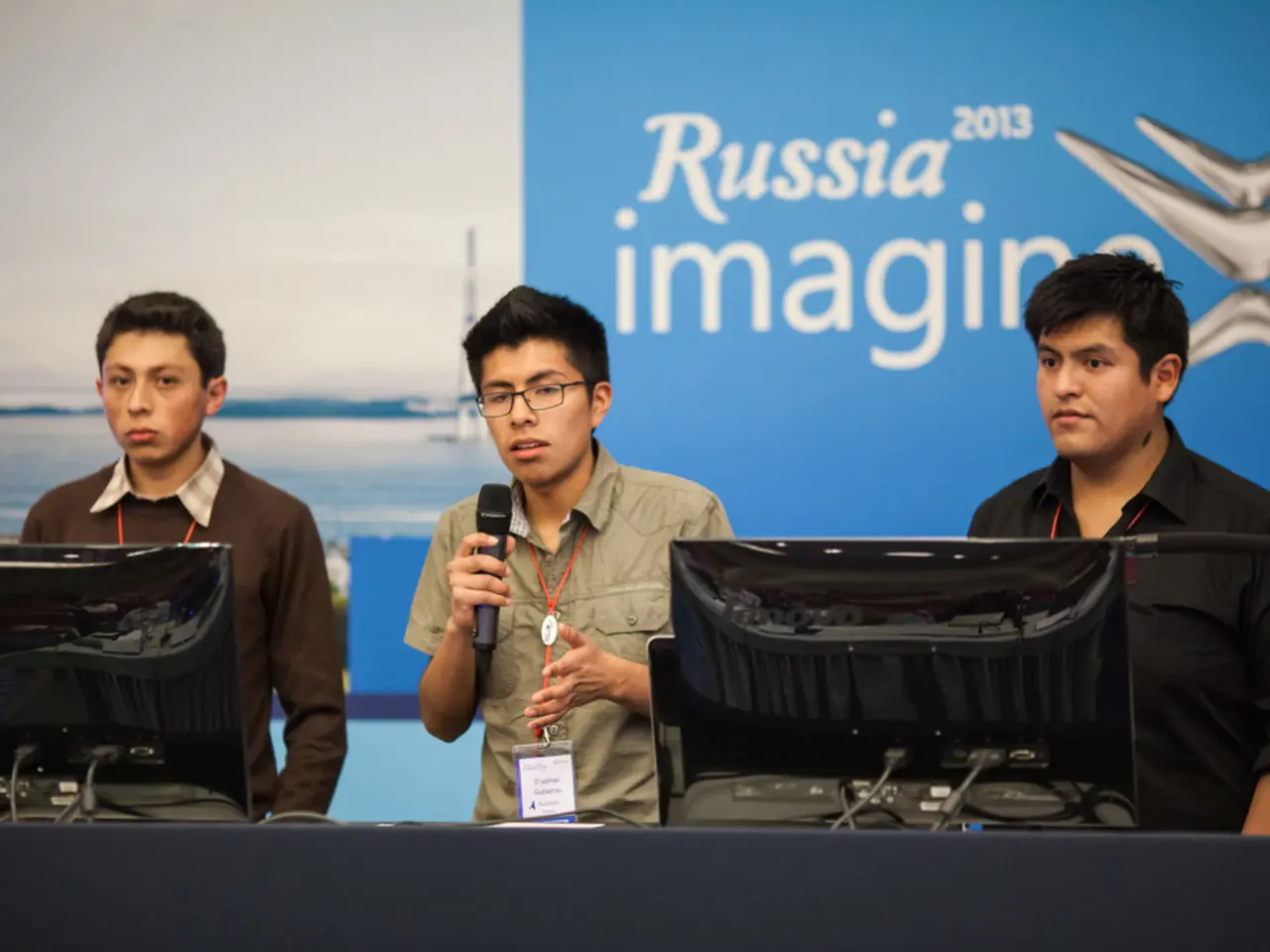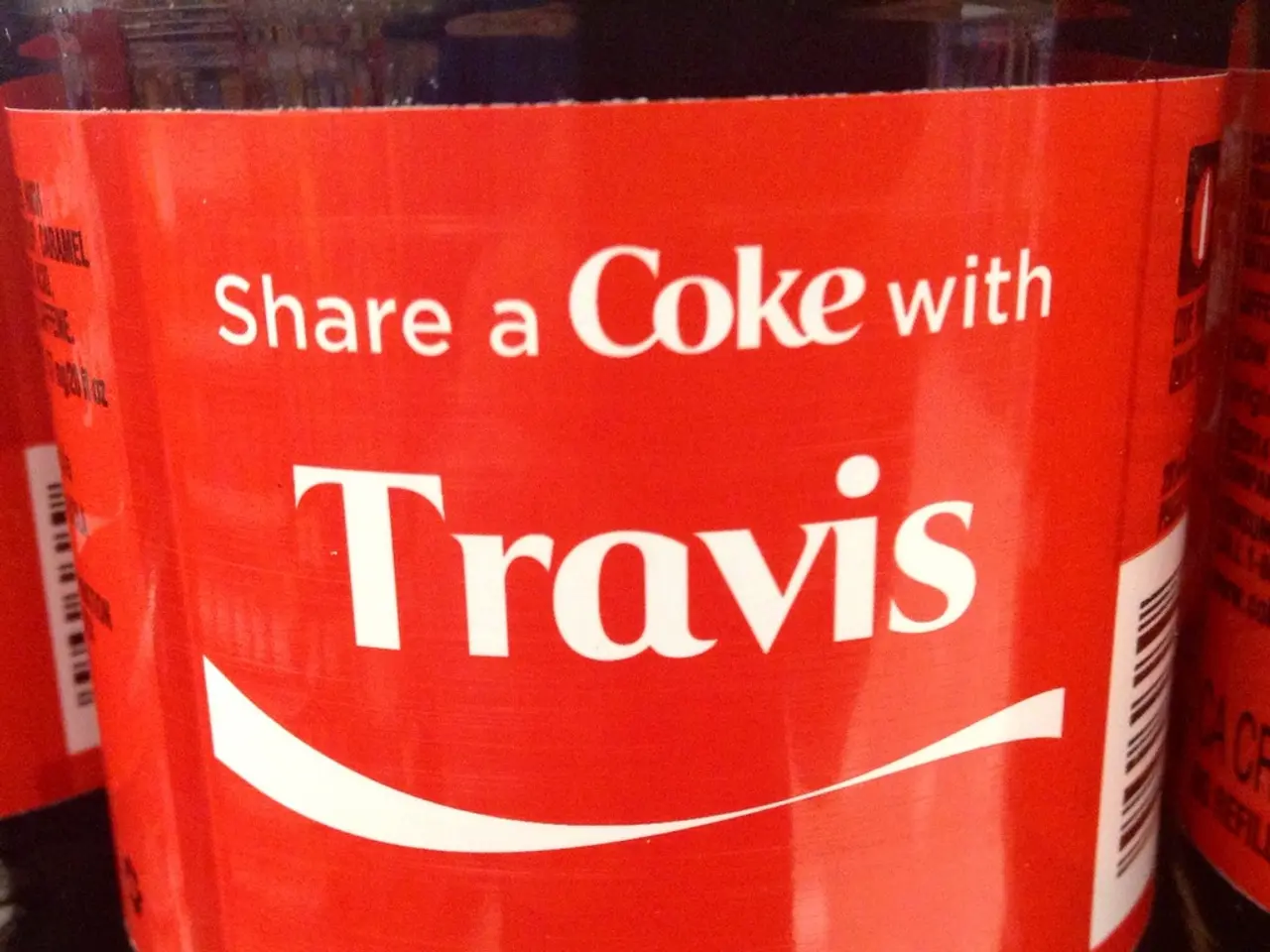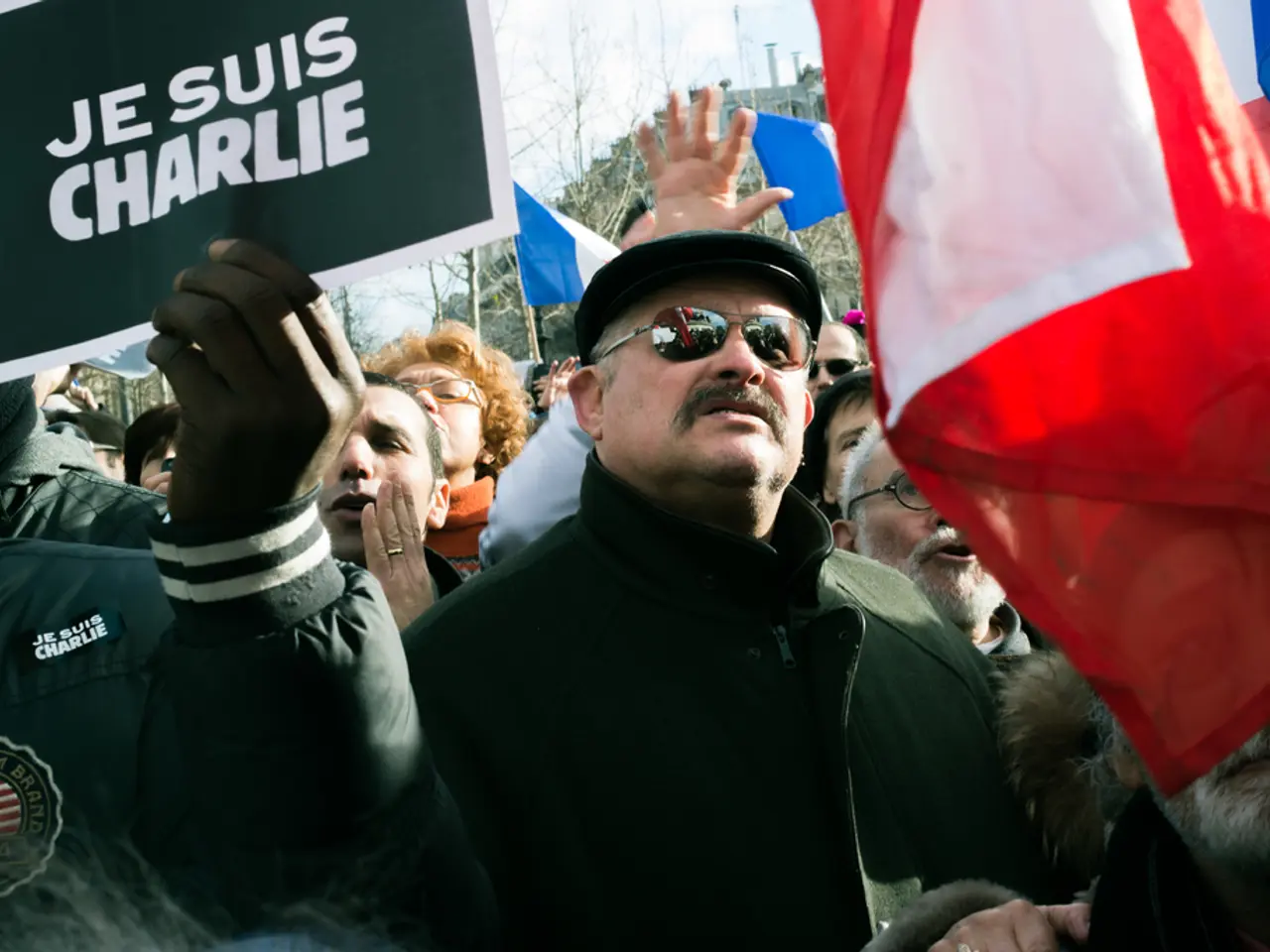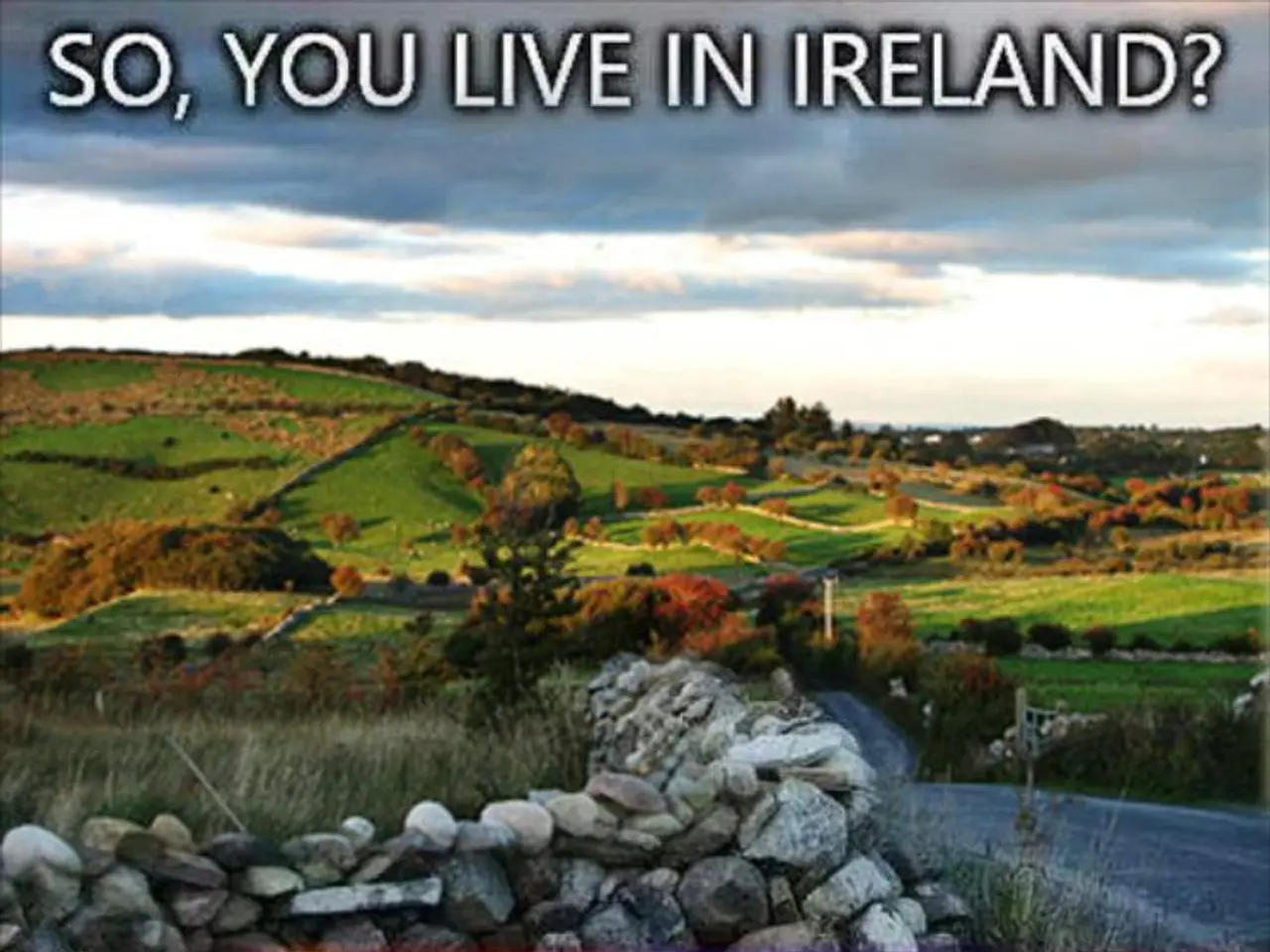Alaska's governor prepares for a groundbreaking encounter.
In a historic meeting on August 15, 2025, US President Donald Trump and Russian President Vladimir Putin convened at the secure U.S. Joint Base Elmendorf-Richardson in Anchorage, Alaska. This summit, laden with significance, carries substantial implications for the ongoing Ukraine war, serving as a rare direct dialogue aiming to address the conflict and push for a ceasefire.
The meeting's core implication is that it could influence whether an immediate ceasefire can be agreed upon, potentially altering the trajectory of the war and enhancing security in the region. Ukrainian President Volodymyr Zelenskyy expressed hope that the main topic of the meeting would be an immediate ceasefire, with Trump indicating he would discuss the outcomes with Zelenskyy afterward to decide on next steps. However, Zelenskyy's absence from the summit has raised concerns about the meeting's inclusiveness and legitimacy.
Trump has warned Russia of severe consequences if Putin does not agree to a ceasefire and has set deadlines that have so far passed without agreement. He appears to seek clarity on Russia's intentions and is open to further talks, possibly including Ukraine and the U.S., if initial outcomes are promising. At the same time, Trump acknowledges he likely cannot fully convince Putin to cease targeting civilians.
Putin's negotiation tactics are expected to involve pushing for significant territorial concessions from Ukraine, aiming to justify Russia’s annexations and shift blame to Ukraine for any failure to reach peace, potentially isolating Kyiv diplomatically. Putin's military strategy includes intensifying attacks to strengthen his bargaining position during talks.
For Ukraine, the meeting is critical as it could decide the fate of millions under Russian occupation and set precedents concerning territorial sovereignty and international law in the 21st century. The talks occur against a backdrop of increased Russian military pressure aiming to secure control over contested territories.
As the diplomatic dance between Trump and Putin unfolds, both the USA and Ukraine are collaborating on protecting critical energy infrastructure. Meanwhile, reports suggest that representatives of the USA and Russia are working on plans for Ukraine to make "concessions" in the form of territorial cessions. Ukrainian President Zelenskyy has rejected such territorial concessions, stating his readiness for "real decisions that can bring peace."
The upcoming meeting between Putin and Trump will focus on options for a "long-term, peaceful resolution of the Ukraine crisis." High-ranking representatives of Ukraine, the USA, and Europe are set to meet before the planned summit in the UK to seek a common position. The Kremlin has invited Trump to visit Russia after the Alaska summit, adding another layer of intrigue to the diplomatic dance between these world leaders.
- The US and Russia's employment policies may come into play as their community policies, shaped by the ongoing Ukraine conflict, are being influenced by the decisions made in meetings like the one between Presidents Trump and Putin, with significant implications for the war's outcome and regional security.
- As the Ukraine crisis continues, general news outlets are reporting on the complex politics involving war-and-conflicts, with discussions revolving around long-term, peaceful resolutions, possible territorial concessions, and the international community's efforts to define the bounds of territorial sovereignty and uphold international law in the 21st century.
